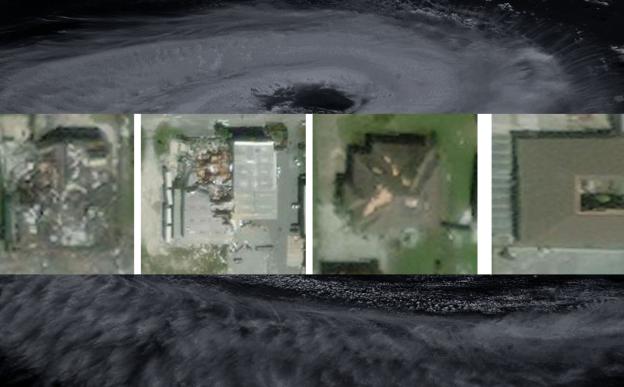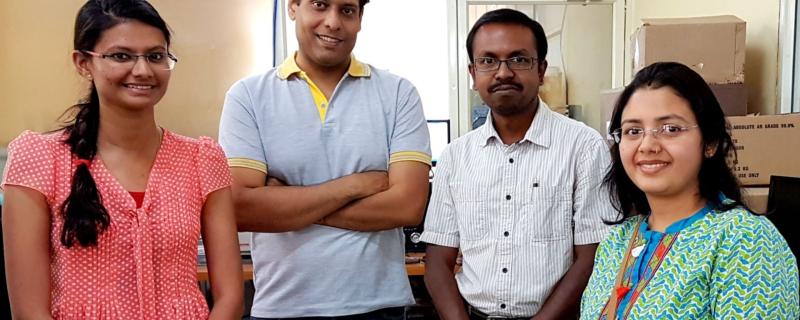Though our fight against tuberculosis has a long history, we have not been able to wipe off this bacterial infection from the face of the planet. Even to this day, there are numerous studies all over the world that are trying to find the ‘best’ drug against this killer disease. In a new approach to fight tuberculosis, a recent study has now shone some light on how our body fights Mycobacterium, the causative bacteria of TB. Understanding this mechanism, the researchers say, could open up new vaccines and drugs against TB and help us win the seemingly never ending battle.
आयआयटी मुंबईद्वारे विकसित नवीन डीप-लर्निंग फ्रेमवर्क SpADANet (स्पाडानेट) मर्यादित लेबल्स वापरूनही अनेक चक्रीवादळांमधील संरचनात्मक नुकसान अधिक अचूकपणे वर्गीकृत करू शकते.
Mumbai/






